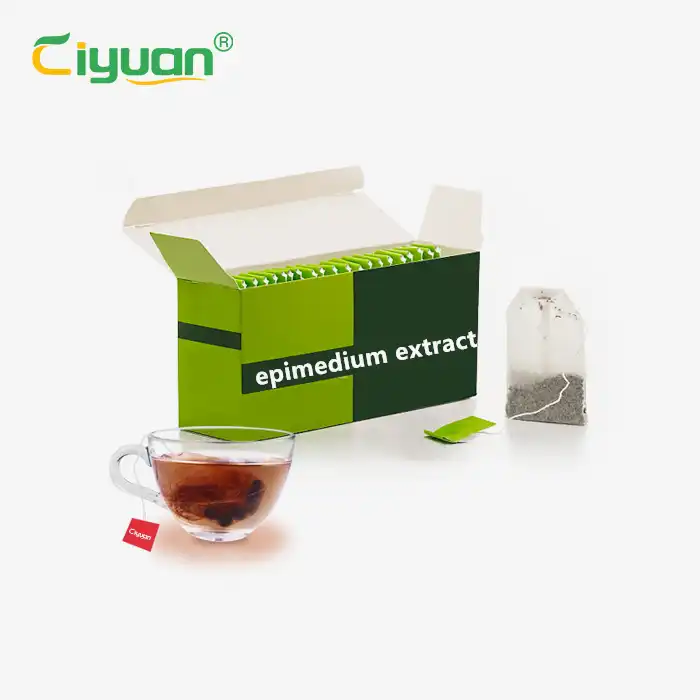What is the benefits for blueberry acai tea?
 2025-08-15 11:09:27
2025-08-15 11:09:27
Wild blueberry acai tea is a health-preserving beverage made from flower buds, petals, or young leaves of floral plants, processed through harvesting, drying, and processing. Originating in Europe, herbal tea specifically refers to herbal drinks that contain no tea leaf components—hence, it is entirely free of "tea" in the traditional sense. With a vast variety of herbal teas, each boasting unique characteristics, it is essential to understand the pharmacological properties and efficacy of different types to fully harness their health benefits.
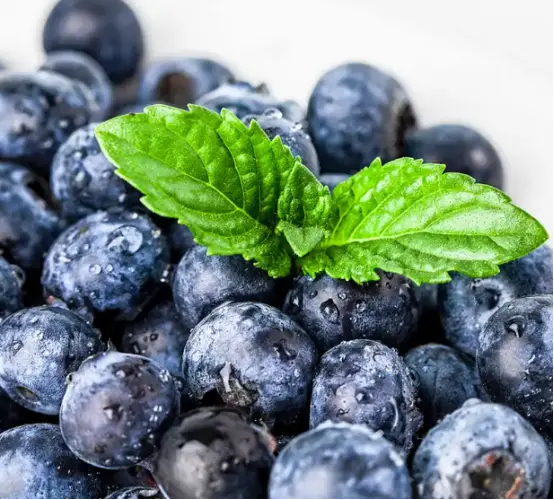
Human use of herbal tea has a long history. Even before tea emerged in China and India, herbal plants were widely utilized. The earliest evidence of humans using medicinal herbs dates back approximately 60,000 years, found in prehistoric ape caves where traces of plants like Valeriana officinalis and Ligularia were discovered.
Five thousand years ago, in the Euphrates River region, the Sumerians already used fennel and thyme. In ancient Egypt, onions and garlic were favored in herbal prescriptions, with such formulas recorded in hieroglyphs on papyrus. In China, the Shennong Bencao Jing (The Divine Farmer's Classic of Materia Medica), compiled around the 1st century BCE, documented 365 medicinal herbs. Later, Hippocrates, the "Father of Western Medicine" in ancient Greece, wrote in his prescriptions about "drinking decoctions of medicinal herbs," marking the formal application of herbal tea as a therapeutic agent and the origin of Western herbal tea use. During the Middle Ages, although the church emphasized that faith could cure all ailments, many clergymen still referenced early Greek and Roman medical texts, cultivating various herbs to treat parishioners. In the 11th century, as the Roman Empire expanded, expeditionary forces scattered taken along herbs along their routes, spreading herbal knowledge widely. During outbreaks of plagues and other infectious diseases, people burned herbs for disinfection or used their scents to repel disease vectors. In the 16th century, women carried sachets filled with various herbs to prevent bacterial infections. Around the same time, Englishman John Gerard introduced Mediterranean herbs to Britain, guiding their use based on his experience; his published Brief History of Herbs became one of Britain’s earliest herbal texts, widely circulated among the public. From the 16th to the 17th century, both China and the West began studying herbs with a more rigorous attitude, gradually moving toward a scientific approach. In the mid-18th century, experts claimed that "excessive tea drinking harms the nerves, causing tremors, paralysis, depression, and other illnesses." As a result, rural doctors recommended milder herbal teas made from plants like mint, sage, or blackberry herbs. After the 19th century, with the advancement of modern medicine and the popularization of Western pharmaceuticals, herbs retreated to widespread folk use. In French courts and among aristocrats, herbal tea gradually became a leisure beverage, symbolizing luxury and elegance in life. Since then, drinking herbal tea has become a fashionable and healthy lifestyle icon, gradually gaining popularity across Europe.
Modern Popularity of Wild blueberry acai tea
Today, herbal tea is more popular than ever, with functional herbal and health-preserving teas gaining increasing traction in recent years. Among them, herbal teas infused with acai and blueberries—known for their top-tier anthocyanin content—stand out in the functional herbal tea market. Let’s explore their unique benefits.
Blueberries: Nature’s Anthocyanin Powerhouse
Blueberries typically ripen between May and September each year, with different varieties maturing successively during this period, offering consumers abundant choices. North America is a major producer with diverse varieties: blueberries from Michigan, USA, are renowned for their excellent quality and fresh taste; those from Ontario, Canada, are celebrated for plump berries and rich flavor. Chile in South America is also a key producer, offering diverse, high-quality varieties. In Europe, blueberry cultivation is concentrated in Poland, the Netherlands, etc.—Polish blueberries, in particular, are favored for their high yield and stable quality. In Asia, blueberry cultivation is relatively limited but growing: in China, blueberries are mainly grown in Northeast, North, and East China, with those from the Changbai Mountains in Jilin province praised for their quality and freshness. Japan and South Korea also grow blueberries, though with smaller yields.
Beyond their delicious taste, blueberries are highly nutritious, rich in anthocyanins, vitamin C, vitamin E, and other beneficial nutrients. Anthocyanins, a key component, exhibit strong antioxidant properties, helping the body eliminate free radicals, delay aging, and prevent
cardiovascular diseases. Blueberries also improve eyesight, lower blood sugar, and boost immunity.
Misty blueberries live up to their name with exceptional quality: deep blue, plump berries with juicy, fresh flesh and a subtle fruity aroma. Their moderate sweetness and low acidity make them a top choice for many.
Pink Lemonade blueberries stand out with their charming pink hue. They offer a delicate texture, high sweetness, and a refreshing fruity flavor, with plump, juicy flesh delivering a rich taste experience.
Dubbed the "King of Anthocyanins in Fruits," blueberries owe their fame to their high anthocyanin content.
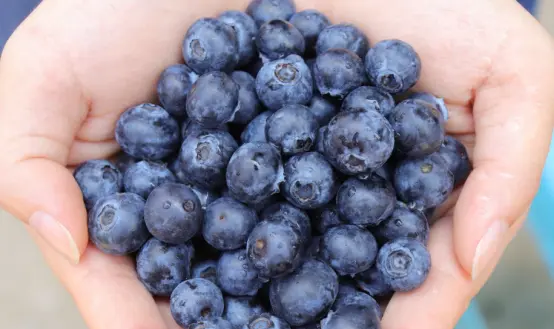
Acai: The Tropical Superfruit
Acai is the fruit of a tropical tall tree, boasting unique characteristics. The tree grows 15–30 meters tall, with a trunk diameter of 10–15 cm and pinnate leaves up to 3 meters long. Its brown and purple flowers bloom alongside red-sheathed leaves, creating a striking sight. The fruit, similar in size to blueberries (1–2 cm in diameter), clusters densely on each leaf sheath. Unripe acai berries are green, ripening to deep purple-black. A thin layer of flesh surrounds a large seed, offering a delightful surprise with every bite.
Acai thrives in moist environments like swamps or sandy beaches. Though native to South America (from the acai palm tree in the Amazon basin), it is also grown in small quantities in regions like Taiwan, Hong Kong, and Huizhou (Guangdong) in China. This dark purple-red berry is celebrated as a "superfood" and ranks among the world’s most potent antioxidants. Easily absorbed by the body, acai supports the immune system; its low sugar content and high fiber make it an ideal choice for a healthy diet. It is also a treasure trove of nutrients, including unsaturated fatty acids, vitamin E, and phytosterols, providing comprehensive nutritional support.
Though similar in appearance to blueberries, acai boasts 6–7 times stronger antioxidant capacity. It has a slightly tart taste with a rich plum-like aroma. Its appeal stems from its rich nutrients, particularly proanthocyanidins—a highly bioactive compound that enhances antioxidant activity and boosts the body’s self-protection. Adding acai to daily diets benefits skin health and overall well-being.
Research shows acai berries are rich in active components, including anthocyanins (ACNs), proanthocyanidins (PACs), and other flavonoids. Key components include cyanidin-3-glucoside and cyanidin-3-rutinoside, with a total content of up to 3.1919 mg/g (dry weight). Total anthocyanin glycosides reach 12.89 mg/hg (dry weight). Acai also contains polyphenolic compounds like vanillic acid, syringic acid, p-hydroxybenzoic acid, catechin, and ferulic acid, along with fatty acids, sterols, amino acids, polysaccharides, and minerals. Notably, unsaturated, monounsaturated, and saturated fatty acids account for 11.1%, 60.2%, and 28.7% of total fatty acids, respectively—with oleic acid (60%) being the most abundant, followed by palmitic acid (22%) and linoleic acid (12%).
Benefits of Wild Blueberry & Acai Herbal Tea

Incorporating Wild blueberry acai tea and acai herbal tea into your routine offers significant health benefits, summarized as follows:
Antioxidant Effect: Anthocyanins neutralize free radicals (e.g., reactive oxygen species), reducing oxidative stress-induced cell damage and protecting DNA, proteins, and lipids from oxidation. Studies show their antioxidant capacity is 20 times that of vitamin C and 50 times that of vitamin E.
Anti-Inflammatory & Immune Regulation: Anthocyanins inhibit the release of pro-inflammatory factors (e.g., TNF-α, IL-6), lowering the risk of chronic inflammation and potentially improving conditions like arthritis and intestinal inflammation.
Eye Protection: By promoting the regeneration of rhodopsin in the retina, anthocyanins alleviate eye fatigue, enhance dark adaptation, and may slow the progression of eye diseases like macular degeneration.
Cardiovascular Health: Anthocyanins improve vascular elasticity, reduce vascular endothelial inflammation, and inhibit the oxidation of low-density lipoprotein (LDL), lowering the risk of atherosclerosis. Clinical trials show long-term intake may slightly reduce blood pressure.
Anti-Aging & Skin Health: By inhibiting collagen-degrading enzymes (e.g., matrix metalloproteinases), anthocyanins help delay skin sagging and wrinkle formation, and improve UV-induced skin damage.
Neuroprotection & Cognitive Improvement: Some studies suggest anthocyanins can cross the blood-brain barrier, reducing oxidative damage to nerve cells and potentially preventing neurodegenerative diseases like Alzheimer’s.
Reference:
1.Study on the Extraction Process of Acai Berry Proanthocyanidins and Their Anti - exercise - fatigue Activity
2.Chinese Journal of Tissue Engineering Research(CJTER)
3.Extraction Methods and Pharmacological Effects of Anthocyanins
4.Food Science
5.China Food Safety Magazine


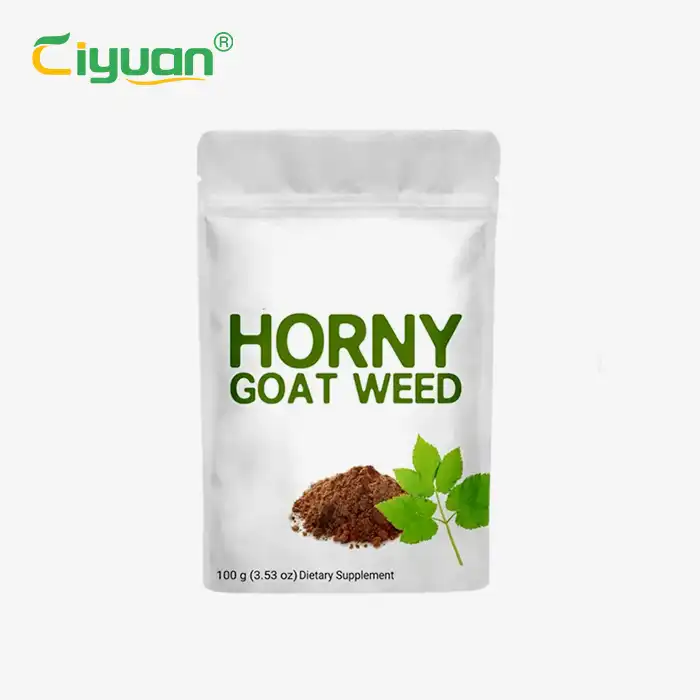
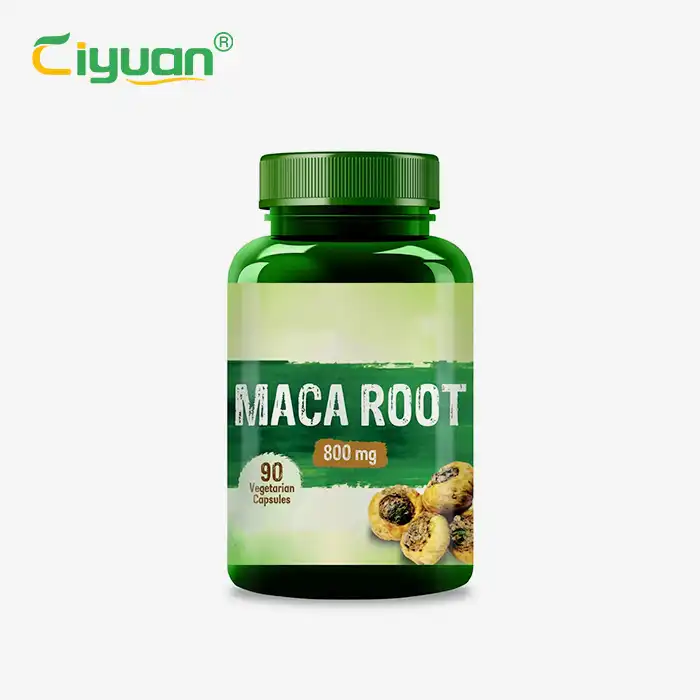
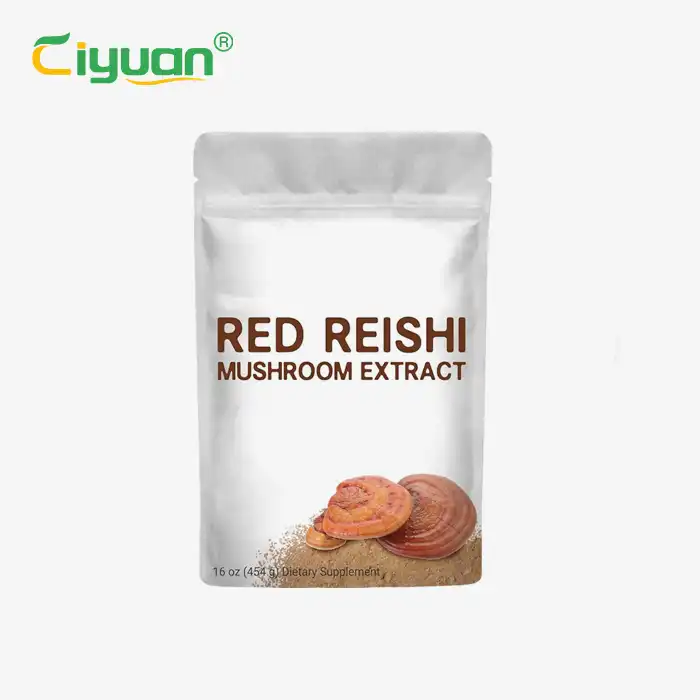





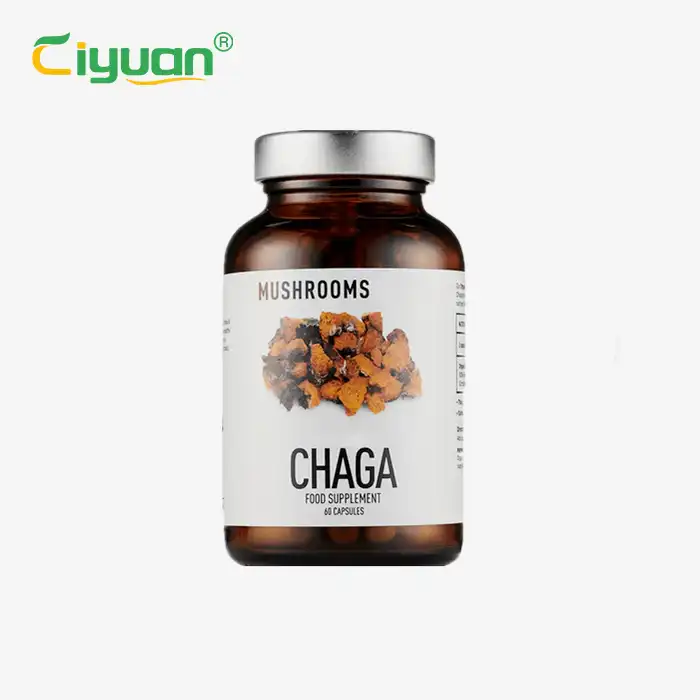
_1747818379477.webp)
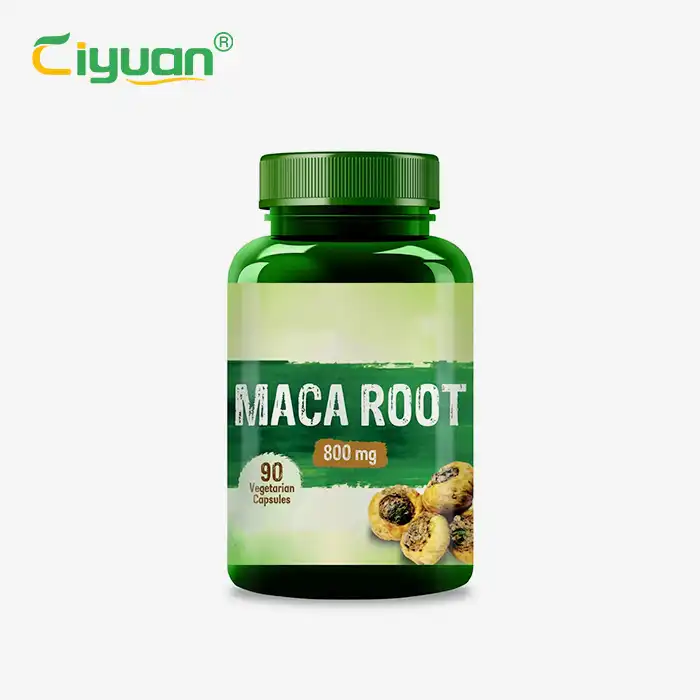

_1748590487919.webp)
_1752651291088.webp)
